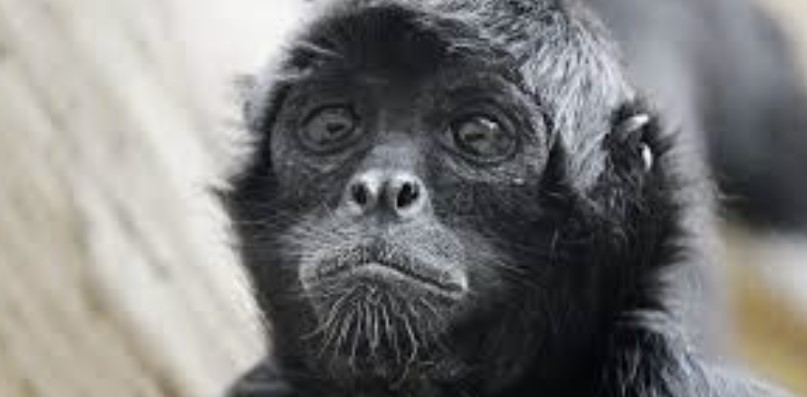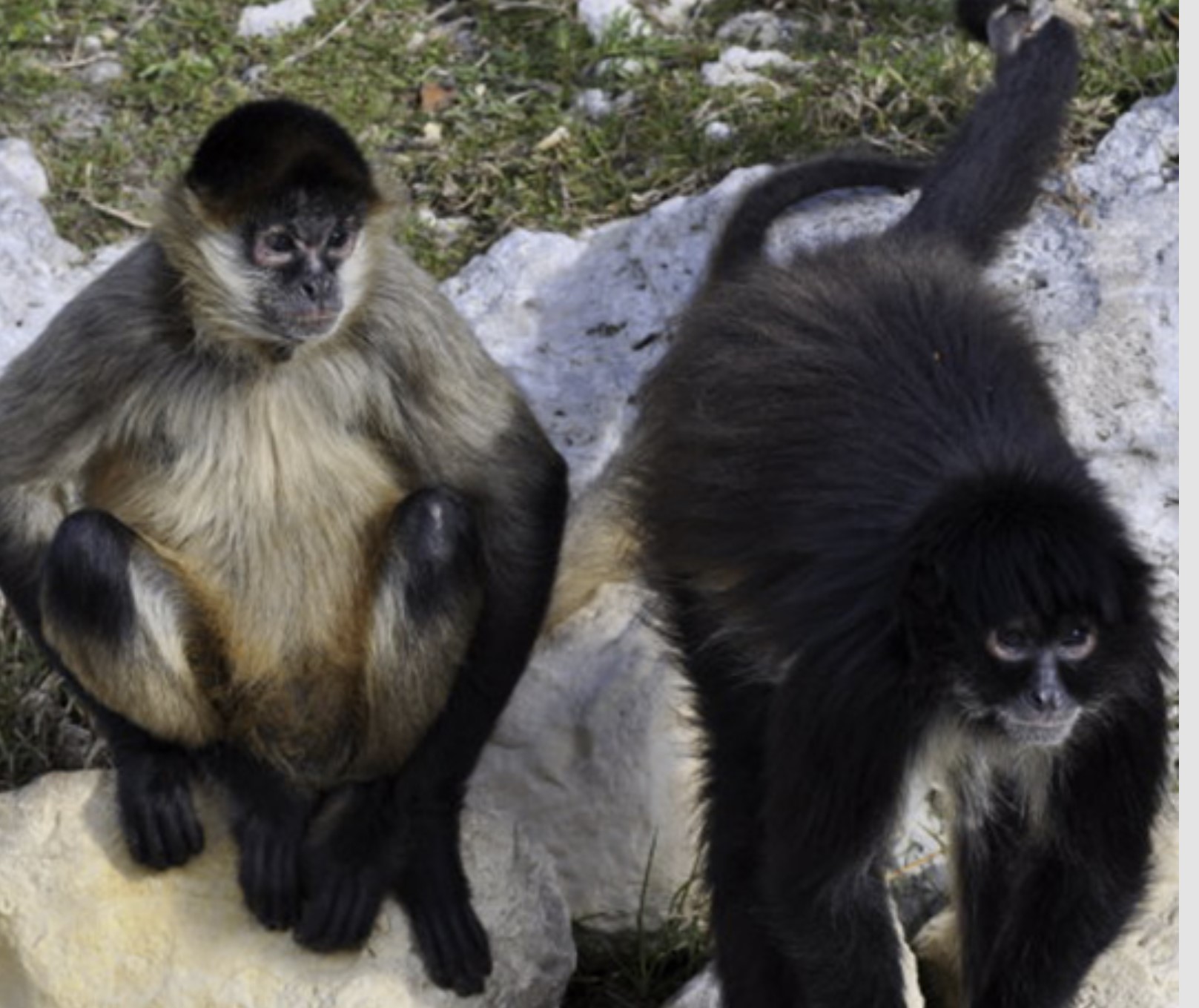The Island
A Citrus County developer, G.A. Furgason – nicknamed "Furgy" – was involved in establishing the areas around Homosassa River back in the 1950s and 1960s, explained Marie Straight, secretary of the Historic Monkey Island board. He worked for 36 years until his retirement in 1983.
Furgy put together land deals and even created an animals and plants attraction, known today as the Ellie Schiller Homosassa Springs Wildlife Park. It's located about 2.5 miles – by road – from Monkey Island.
Boaters drove into a pile of rocks near the resort. A drag line operator was directed to cover the rocks with dirt to make it more visible.
During the 60s, he also worked with Norris Cattle Company, which owned land in the area, Straight said. At one point, the company was about to send Furgy away for business.
"Before Furgy left," Straight explained, "he kept hearing of a pile of rocks in the middle of the river and it was causing trouble for the fisherman."
Those rocks were shallow enough for boats to run into, and deep enough where fisherman couldn't spot them with the naked eye. So, Furgy and Norris – the owner of the company he worked for – directed one of his dragline operators to pile some dirt around the rocks for boaters to spot them and avoid a collision.
"So, what happened then – how Monkey Island came to be – is these dragline operators got a little bit carried away," Straight explained, "and put a lot of dirt on these rocks. Thereby, they created the small island in the river which is just outside the Riverside resort today."
When Furgy returned, he noticed the "island" wasn't very attractive.
"It was just a bunch of dirt in the middle of the river so he enhanced it by building a lighthouse on the island," Straight said.
That lighthouse still stands on Monkey Island today.
-
The Monkeys
Meanwhile, the monkeys that would eventually call that manmade island their home were brought to America by a naturalist, John Hamlet.
Furgason ran into Hamlet in South Dakota and convinced him to come to Florida to work with him. The naturalist brought along monkeys too.
Straight said the monkeys' purpose was to perfect the polio vaccine back in the 1950s.
"The idea was that the monkeys would do like most Floridians – retire – after their purpose was satisfied with the polio vaccine and then they would be retired to the Homosassa State Wildlife Park," she explained.
But, like in the movies, the monkeys were quite mischievous, escaping their cages.
"They would get in [visitors'] cars. They would steal candy. They would even bite some of the tourists," Straight said. "So, now we have a problem. The way the legend goes, it says that he had often thought of sending them to Alcatraz."
But then Furgy realized, he had his own little Alcatraz right in Homosassa River. So, the primates – three spider monkeys and two squirrel monkeys – moved in and the Monkey Island we know today was established.
-
Caring for Monkeys
The monkeys are fed twice a day. Their diet includes fruit, vegetables, and a USDA-approved "monkey chow" with a blend of nutrients they are required to consume.
Volunteers pile into a boat and depart for Monkey Island. While they are out there, employees circle the island, looking for any hazards or trash.
-
Renovation and Vacation
In 2022, Monkey Island transitioned ownership of the Florida Cracker to a nonprofit, Historic Monkey Island Inc. Under this ownership, removations began and a new home was built from October 2022 until June of 2023.
The monkeys were moved to a home built just for them at Boyett's Grove in Brooksville, Florida.
Boyett's Grove owner Kathy Oleson said the monkeys were "surprisingly calm" during their temporary move.
"They are very, very easy to deal with," Oleson said. "I thought, coming from the island, that they might be frightened. They might go to the corner. They were all over everything. They learned about it. They went up to the top. It was a new surrounding. This is like a vacation."
They are no longer surrounded by water, but with new animal friends – a camel, three geese, a mini-pony, and a donkey, which is half zebra, half donkey.
But, they have to stay separate from the residents in order to preserve their habits.
"We have not tried to socialize them too much," Kathy explained. "We don't want to change their behavior. They've done really well on the island, and we don't want to change them. Here, it would be very easy. We don't touch them or pet them."
Inside their short-term rental, the monkeys have tire swings, barrels to roll in, items to climb, and an enclosed area in the corner if they need alone time, which comes in handy if there is bickering between the three monkeys.
-
There's No Place Like Home
In 2024, the monkeys happily returned to their renovated home on Monkey Island. Their new home features new air-conditioning as well as old favorites: their lighthouse, raised cabin, and swings.
Book Now


